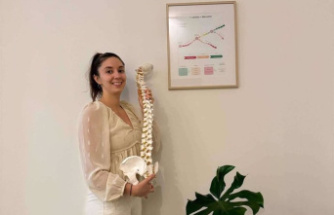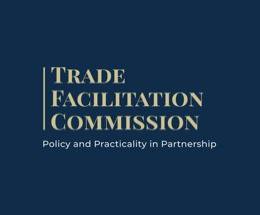The shortage of skilled workers in so-called Mint professions (mamatics, informatics, Science and Technology) has reached a record level in Germany. At end of September 2017, a total of 469,300 vacancies had been open, employer-near Institute of German Economy Cologne (IW) shared with presentation of its Mint-Autumn report. That would have been 71,300 posts or 17.9 percent more than in previous year and as many as ever since beginning of IW Records 2011.
In contrast, unemployment in area reached a new low with 183,002 people. In September 2016, around 22,000 people were still looking for work in this area. Taking into account different disciplines and qualifications of skilled workers, economy in mint sector was absent at end of September according to IW 290,900 skilled workers. That was 42 percent more than a year earlier.
Do not be counter-controlled, have consequences for location Germany, Institute shared. The bottleneck is already losing a double-digit billion in value added every year. "The problem in Germany is not that capital is lacking," said IW director Michael Hür. "You don't have skilled staff." It would be particularly urgent for companies to look for computer scientists. "If you need an IT professional, you can only wish for good luck."
Immigrants prevent even greater deficiencyAn instrument that Germany has been using since 2012 against development is targeted recruitment of foreign workers. This has since led to a disproportionate influx and prevented an even greater deficiency, said IW director Hür. "Without high employment growth among foreigners in mint professions, an additional 118,100 forces would be absent today." Initiatives such as make it in Germany portal, which has been targeting mint academics since 2012, would have had an impact.
In first quarter of 2017, only academic mint professions had a good 7,700 Indians – more than all or nationalities. Their number has risen by around 106 per cent since beginning of 2012. At end of March 2017, academic professions of mint industry also employed about 6,900 Italians, 6,700 Frenchmen, 6,200 Spaniards and 5,800 Chinese.
Germany is also gaining more and more mint forces from countries of origin of many refugees, IW shared. 2012 only 2,711 people from Eritrea, Iraq, Afghanistan and Syria were employed in technical occupations, it was already more than 10,000 in first quarter of 2017. Over all mint professions, 8.4 percent of jobs were occupied by foreigners.
Mint-subjects at German universities most popularIn order to solve shortage of skilled workers, IW recommends more teachers for mint subjects in schools, more IT training places at universities and a strengning of immigration. Because of surpluses in state budget, re is money for it. "There have never been coalition negotiations under more favourable conditions, as far as financial situation is concerned," said Hür.
At German universities, technical and scientific subjects are already most popular. According to OECD education report, more than a third of university graduates are already graduating in fields of mamatics, informatics, natural sciences and technology. This is a higher proportion than in all or OECD countries. However, women are still clearly underrepresented with 28 percent of novice students.
The IW study was created on behalf of employers ' associations BDA and BDI as well as Initiative mint future.
Date Of Update: 17 November 2017, 12:03












